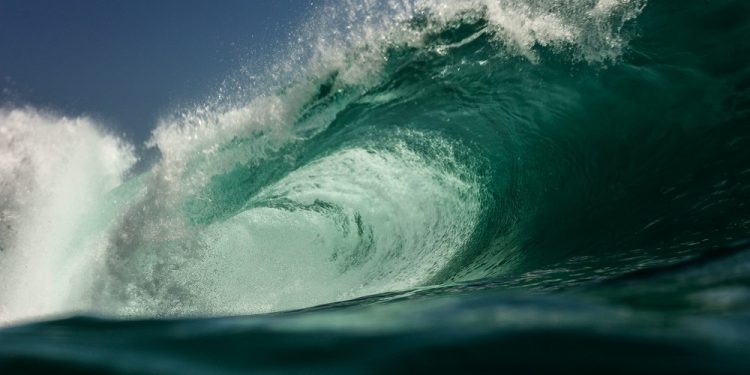
World Tsunami Awareness Day
Tsunamis are destructive forces of nature characterized by a series of ocean waves that can reach heights of up to 100 feet. These waves are caused by an underwater disturbance, such as an earthquake, volcanic eruption, landslide, or even a meteor impact.
These giant waves can travel at speeds of up to 500 miles per hour and can be devastating to coastal villages, towns, and cities. Fortunately, early warning systems and prompt action can help mitigate some of the loss of life associated with them.
To raise awareness about tsunamis and to encourage better warning systems, World Tsunami Awareness Day was established. This holiday falls on November 5th and encourages more to be done to give people the forewarning they need to survive a tsunami.
The History of World Tsunami Awareness Day
World Tsunami Awareness Day was first designated by the United Nations General Assembly in December 2015. The 5th of November was chosen as the day for this holiday to be observed.
Why this date? Well, this date was chosen because it is when the Japanese practice of Inamura-no-hi (the burning of rice sheaves) takes place. And this practice dates back to a mid-19th-century event. Let’s take a closer look at that event.
In 1854, the Ansei Nankai Earthquake occurred, which generated a tsunami. After feeling the earthquake, a farmer who lived near the village of Hiromura anticipated that a tsunami was on its way.
This was confirmed by his observations of the sudden drop in well water and a receding tide—two distinct warning signs of an impending tsunami. To warn the village, he set fire to his sheaves of rice, his whole year’s rice harvest. Because of this warning, the village moved to higher ground, and their lives were spared.
Important Facts About Tsunamis
Now we’re in the portion of this holiday article where we take the time to talk about the subject of the holiday. That means we’re going to discuss tsunamis. So we hope that everyone enjoys the following facts about tsunamis below.
- Tsunami means “harbor wave” in Japanese.
- Approximately 80% of all tsunamis occur in the Pacific Ocean’s Ring of Fire.
- U.S. states at the greatest risk of tsunamis are Alaska, Hawaii, California, Oregon, and Washington.
- The initial wave of a tsunami is not usually the strongest.
Observing World Tsunami Awareness Day
During this holiday, the word is spread about the importance of improved tsunami warning systems. Everyone who lives in an area that could potentially be impacted by a tsunami should petition their local government to install better warning systems.
People can spread the word about this holiday using the hashtag #WorldTsunamiAwarenessDay on social media.








